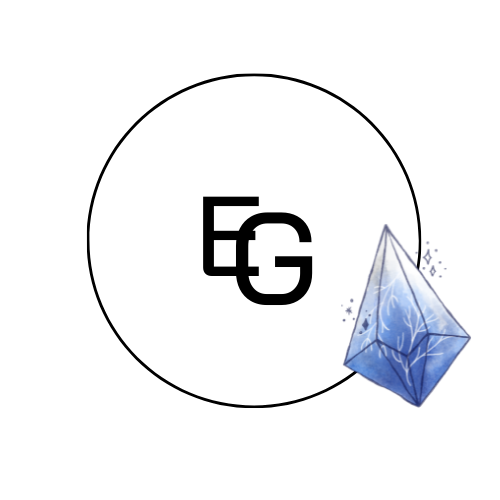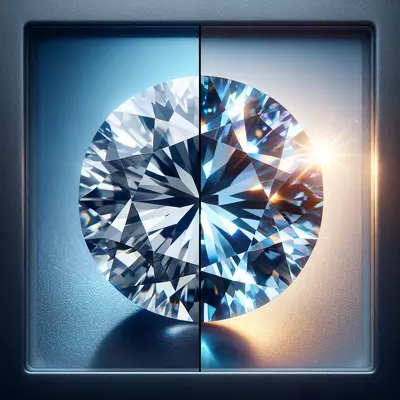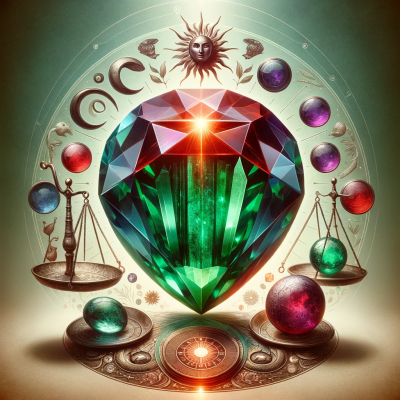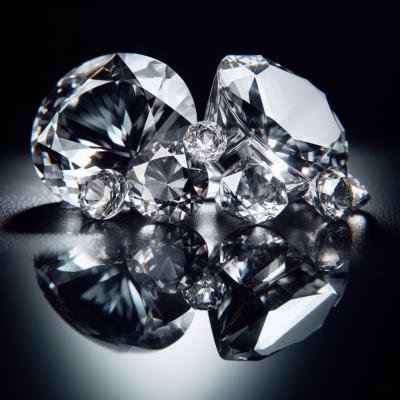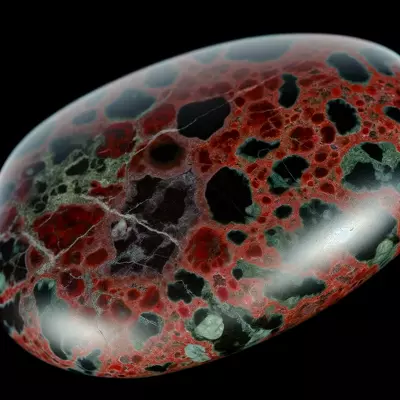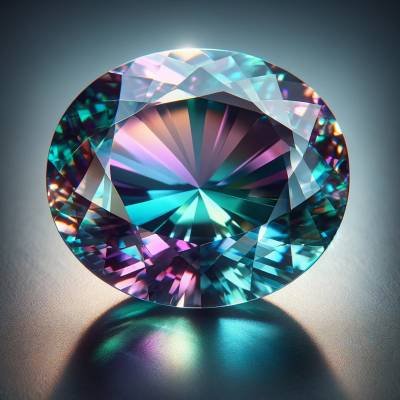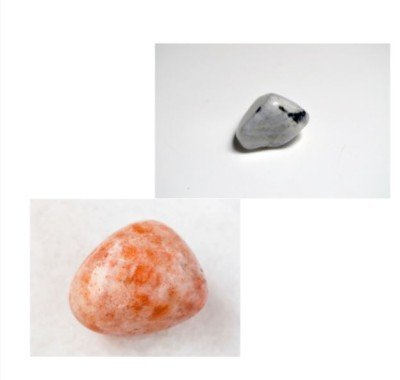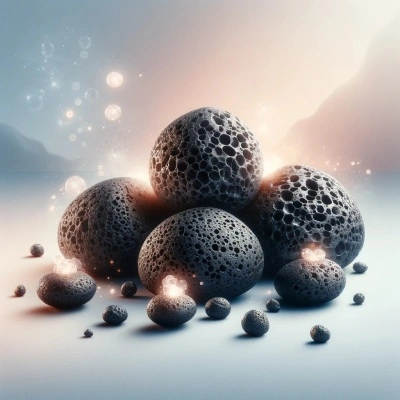The Luminous Duel: White Sapphire vs Cubic Zirconia in the Quest for Diamond Alternatives
When considering alternatives to diamonds for jewelry, two popular choices emerge white sapphire and cubic zirconia. Each offers its unique appeal, blending affordability with visual allure. While white sapphires are prized for their natural beauty and durability, cubic zirconia provides a cost-effective yet brilliant option. Understanding the distinctions between these gemstones can guide enthusiasts in selecting the perfect adornment that aligns with their preferences and budget.
I. Introduction
When the allure of precious gemstones beckons, discerning buyers often find themselves weighing the merits of white sapphire against cubic zirconia. These two stones, each with its distinct beauty and set of characteristics, offer versatile alternatives to diamonds. This exploration delves into the origins, properties, and practical considerations of white sapphire and cubic zirconia, aiming to illuminate the path for enthusiasts to make an informed choice that resonates with their values and aesthetic preferences.
II. Understanding White Sapphire
A. Origins and Composition
White sapphire, a pure form of corundum, is treasured for its natural clarity and durability. Unlike its colorful counterparts, which owe their hues to trace elements, white sapphire is colorless, making it a sought-after choice for those who value the pristine beauty of a gemstone that closely mirrors the diamond’s appearance without its hefty price tag.
B. Physical and Optical Properties
Renowned for its hardness, second only to diamonds on the Mohs scale, white sapphire boasts remarkable durability. This resilience, coupled with its subtle yet elegant brilliance, makes it an ideal choice for everyday wear. Its refractive qualities, while not as pronounced as those of a diamond, offer a unique, understated sparkle that appeals to many.
C. Price Range and Availability
While significantly more affordable than diamonds, the price of white sapphire can vary widely based on its quality, cut, and size. Generally, it offers a cost-effective alternative for those desiring the look and longevity of a precious gemstone without the financial outlay required for a diamond.
III. Exploring Cubic Zirconia
A. Manufacturing Process
Cubic zirconia is a lab-created gemstone known for its diamond-like appearance. Its production involves melting zirconium oxide powder with stabilizers at extremely high temperatures to form crystals that are then cut and polished. This process allows for the creation of stones that mimic the brilliance and clarity of diamonds at a fraction of the cost.
B. Characteristics and Appeal
With its flawless appearance and exceptional brilliance, cubic zirconia captures the essence of luxury and elegance. It offers a high degree of sparkle and fire, making it an attractive option for those seeking a visually striking gemstone. Additionally, its affordability and wide range of sizes and shapes enhance its appeal as a versatile choice for various jewelry designs.
C. Cost Comparison
Cubic zirconia stands out for its exceptional affordability. Its synthetic origin ensures that it remains accessible to a broad audience, providing a budget-friendly alternative to both diamonds and other natural gemstones like white sapphire.
IV. White Sapphire vs Cubic Zirconia: A Detailed Comparison
A. Durability and Hardness
When it comes to durability, white sapphire outshines cubic zirconia thanks to its natural hardness. This makes it more resistant to scratches and wear, suitable for pieces intended for daily use. Cubic zirconia, while sturdy, is more prone to wear over time, requiring more careful handling.
B. Brilliance and Sparkle
The brilliance of cubic zirconia closely mimics that of a diamond, offering a dazzling sparkle that is hard to match. White sapphire, with its more subdued shine, appeals to those who prefer elegance over ostentation. This distinction plays a crucial role in the selection process, as the desired level of brilliance varies among individuals.
C. Maintenance and Care
Both gemstones require maintenance to retain their luster, but cubic zirconia may demand more frequent cleaning to combat its tendency to attract oils and dirt. White sapphire’s resilience means it can withstand everyday elements better, making it easier to care for in the long run.
D. Environmental and Ethical Considerations
The lab-created nature of cubic zirconia presents a minimal environmental impact and sidesteps the ethical concerns associated with mining. White sapphire, while naturally mined, is often sourced from locations with established ethical mining practices, offering a conscientious choice for eco-aware consumers.
V. Choosing Between White Sapphire and Cubic Zirconia
A. Considering Lifestyle and Usage
For those leading an active lifestyle or seeking a durable option for everyday wear, white sapphire’s hardness makes it a reliable choice. Conversely, cubic zirconia’s brilliance and affordability may appeal more to those looking for statement pieces for occasional wear.
B. Aesthetic Preferences
The decision between these two stones often boils down to personal taste in sparkle and shine. While cubic zirconia offers a radiant, eye-catching brilliance, white sapphire caters to a more understated, classic elegance.
C. Budgetary Considerations
Budget plays a pivotal role in the decision-making process. Cubic zirconia’s affordability makes it accessible for a wide range of budgets, whereas white sapphire, although more expensive, provides a middle ground between cubic zirconia and the more costly diamonds.
VI. FAQs
Q: How does the durability of white sapphire compare to that of cubic zirconia?
A: White sapphire is naturally harder and more durable than cubic zirconia, making it less susceptible to scratches and wear.
Q: Can cubic zirconia pass as a real diamond?
A: To the untrained eye, cubic zirconia can mimic the appearance of a diamond, but differences in brilliance, hardness, and weight can distinguish the two upon closer inspection.
Q: Is white sapphire a good alternative to diamonds?
A: Yes, white sapphire is considered a viable alternative to diamonds, offering natural beauty and durability at a more affordable price point.
Q: How should I care for my cubic zirconia jewelry?
A: Cubic zirconia jewelry should be cleaned regularly with mild soap and water to maintain its sparkle and prevent buildup from oils and dirt.
Q: Are there ethical concerns associated with white sapphire mining?
A: While concerns exist, many white sapphire mines operate with ethical practices in place. Researching the source can ensure a responsible purchase.
Q: Can white sapphire and cubic zirconia be used in all types of jewelry?
A: Yes, both gemstones are versatile and can be set in a variety of jewelry styles, from engagement rings to earrings and bracelets.
Q: Do white sapphire and cubic zirconia require special settings?
A: No special settings are required, but choosing a setting that protects the gemstone and enhances its beauty is recommended for both.
VII. Conclusion
A. Summary of Key Points
The choice between white sapphire and cubic zirconia hinges on considerations of durability, brilliance, maintenance, and ethical sourcing. White sapphire offers a blend of natural beauty and resilience, making it suited for everyday wear. At the same time, cubic zirconia shines with its unmatched brilliance and affordability, ideal for those seeking glamour on a budget.
B. Making an Informed Decision
Armed with knowledge of the unique qualities of white sapphire and cubic zirconia, enthusiasts can navigate the gemstone market with confidence. Whether prioritizing durability, sparkle, or ethical considerations, the decision should reflect personal values and lifestyle, ensuring that the chosen gemstone brings lasting joy and satisfaction.
VIII. Suggested Readings
The journey through the world of gemstones does not end here. For those eager to delve deeper into the nuances of jewelry selection, the following books offer a wealth of information:
- “Gems of the World” by Walter Schumann. This comprehensive guide provides detailed insights into various gemstones, including white sapphire and cubic zirconia, offering a solid foundation for both novices and aficionados.
- “Jewelry & Gems: The Buying Guide” by Antoinette Matlins and Antonio C. Bonanno. This book demystifies the process of selecting and purchasing gemstones and jewelry, emphasizing how to make informed choices.
- “The Jeweler’s Directory of Gemstones” by Judith Crowe. A valuable resource for anyone interested in the art of jewelry making and the properties of gemstones, offering practical advice and beautiful illustrations.
Exploring these readings can enrich one’s appreciation for the beauty and complexity of gemstones, paving the way for informed and passionate engagement with the world of jewelry.
